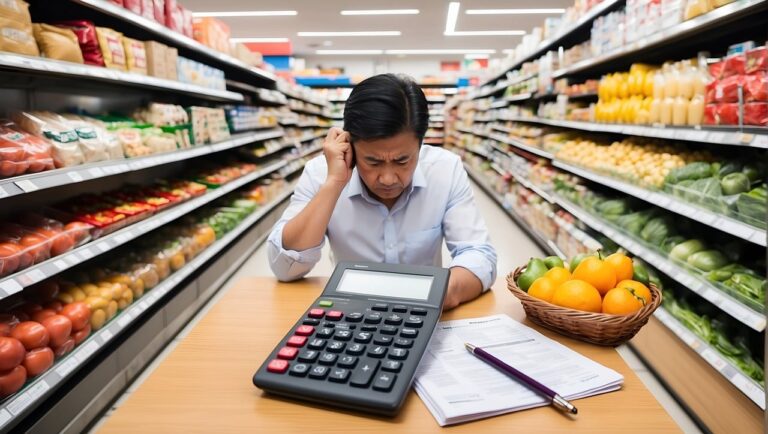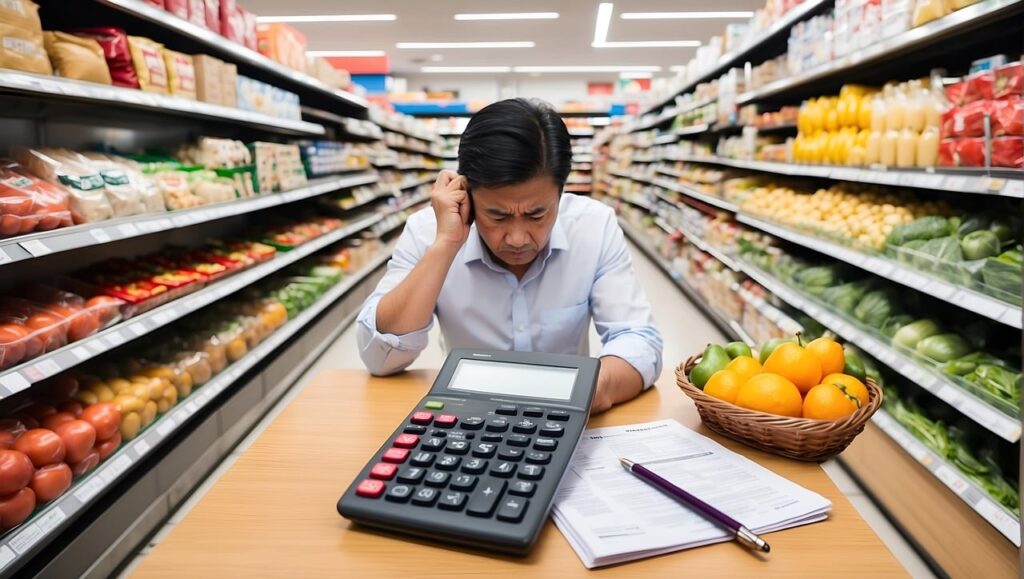
In an era where economic shifts redefine our spending habits, the costs of everyday items and services continue to climb, leaving consumers grappling with the impact on their wallets. Let’s delve into a comprehensive list of 30 surprisingly expensive things, shedding light on the evolving landscape of our daily expenses.
1. Housing: The Unattainable Dream

The dream of owning a home or even renting a decent space has become increasingly challenging for many, especially in urban areas where housing prices continue to skyrocket.
2. Healthcare: A Growing Dilemma

Healthcare, often considered a basic necessity, has become a financial burden for many individuals and families as the costs of medical services soar, making quality care less accessible in countries like the US. In the UK, although most healthcare is free, there is still a growing rise in private healthcare plans as individuals find it hard to get appointments with their GP.
3. Education: A Pricey Investment

Investing in education, from primary to tertiary levels, has transformed into a significant financial commitment, leaving students and their families grappling with hefty tuition fees and related expenses.
4. Gasoline: The Ever-Increasing Pump Price
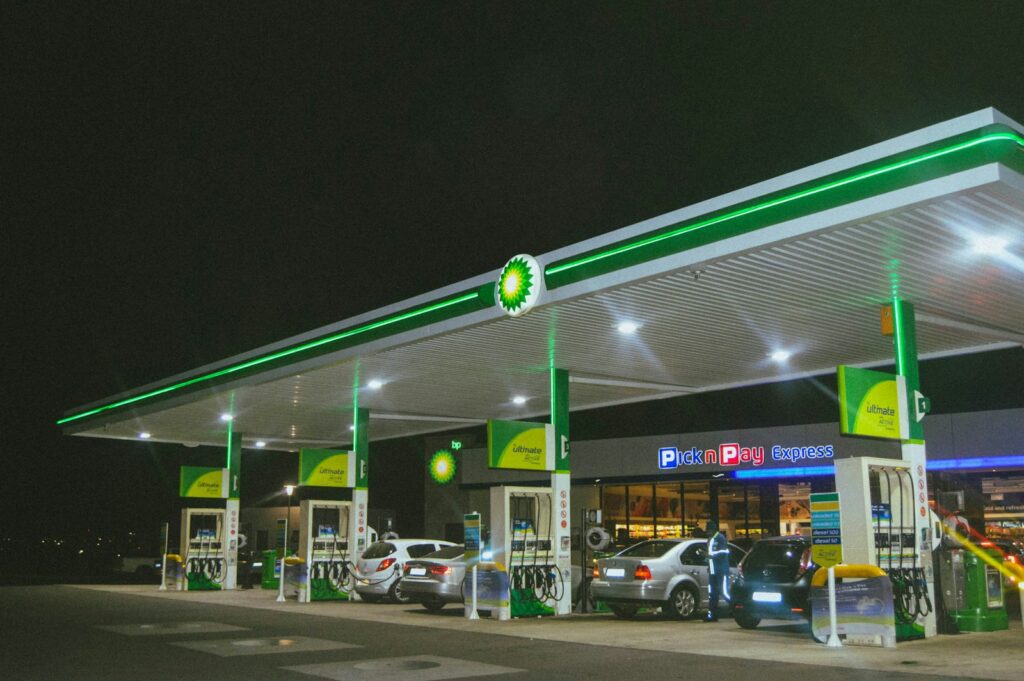
Fueling up at the gas station has become a more expensive affair, impacting not only daily commuters but also businesses that heavily rely on transportation.
5. Groceries: Navigating Rising Food Prices
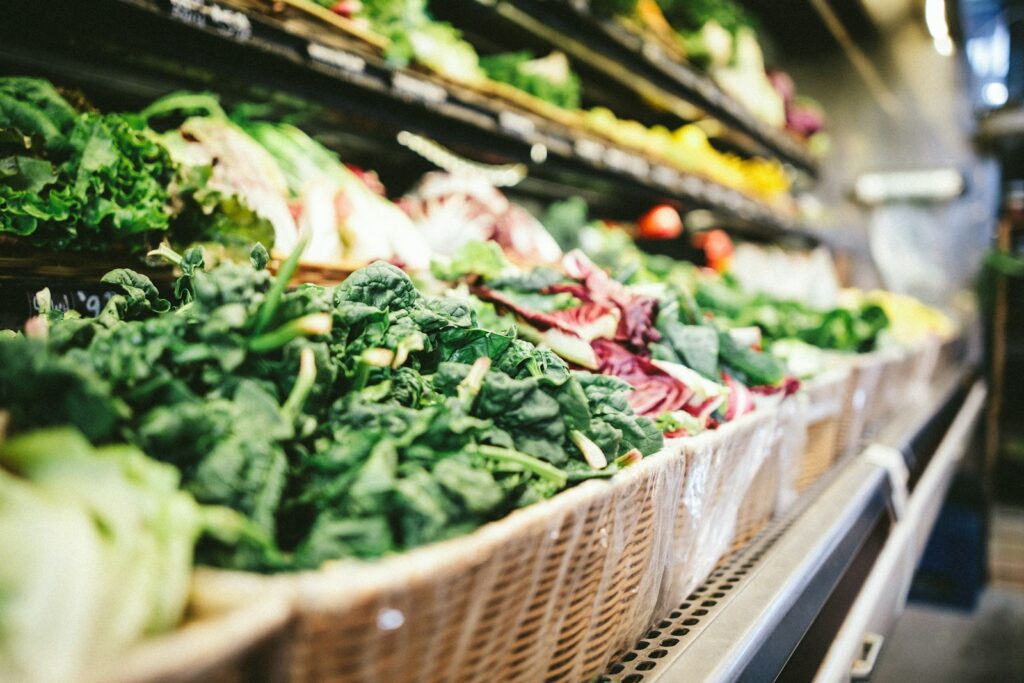
Putting food on the table has become a financial juggling act as the prices of basic groceries continue to rise, affecting households globally.
6. Cars: The Costly Mobility

Owning a car, once a symbol of convenience, has become more financially burdensome, with the initial purchase cost, maintenance, and fuel expenses all contributing to the increasing price tag.
7. Childcare: Balancing Work and Parenthood

The rising costs of childcare services present a significant challenge for working parents, affecting their ability to balance work and family life.
8. Utilities: The Expensive Essentials

Monthly utility bills, covering electricity, water, and heating, have witnessed a steady increase, putting a strain on household budgets.
9. Internet and Cable Bills: The Price of Connectivity

Staying digitally connected comes at a cost, with internet and cable bills climbing higher, impacting consumers seeking reliable connectivity.
10. Clothing: Fashion at a Premium

Staying fashionable now requires a more significant financial commitment, as clothing prices experience a notable increase, influencing both budget and style choices.
11. Mobile Phone Plans: The Elevated Expense of Communication

Keeping a smartphone and staying connected come with a hefty price tag as cellphone plans continue to rise, impacting the affordability of communication.
12. Coffee: The Brewing Cost of Daily Pleasure

That comforting cup of coffee has become more expensive as the prices of coffee beans surge, making this daily pleasure a costlier indulgence.
13. Cinema Tickets: The High Price of Entertainment

A trip to the movies has become a more costly venture, impacting the affordability of entertainment for many.
14. Fast Food: Convenience at a Price
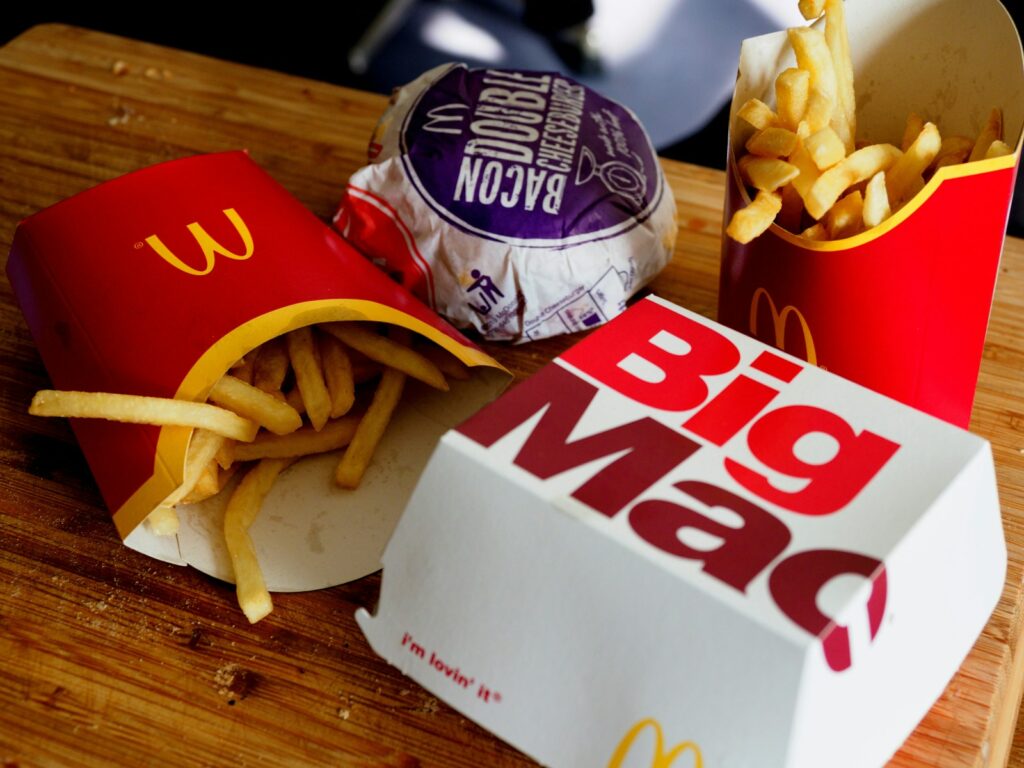
Grabbing a quick bite has become more expensive, as the prices of fast-food items continue to climb, affecting those seeking convenient and affordable meals.
15. Gym Memberships: The Increasing Cost of Fitness
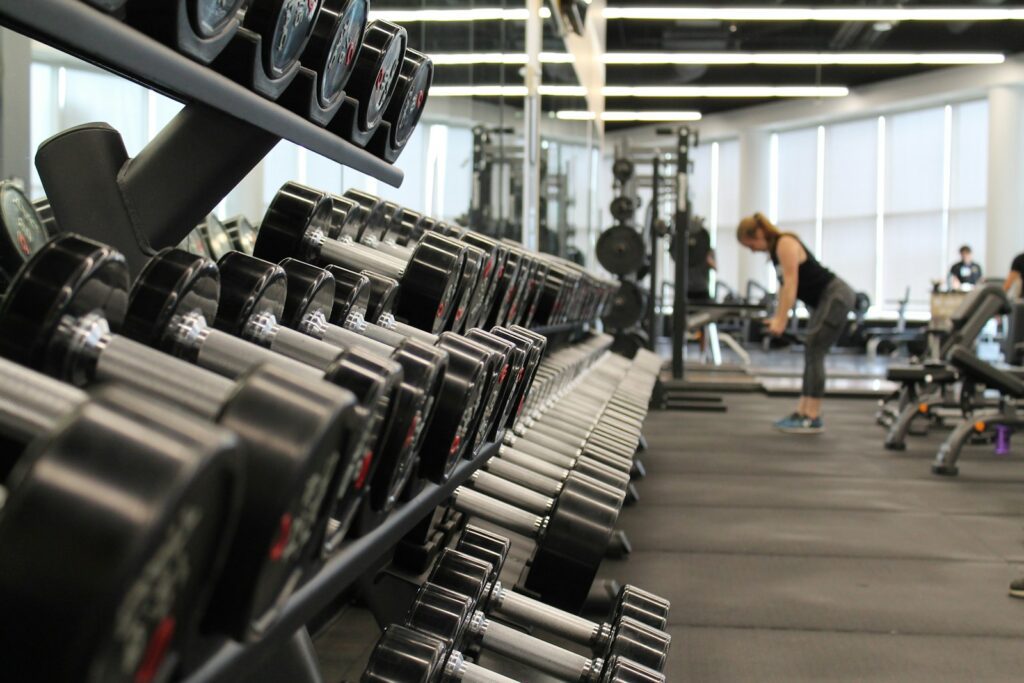
Maintaining a healthy lifestyle has become pricier, with gym memberships and fitness classes witnessing a noticeable increase.
16. Dining Out: The Rising Tab at Restaurants

Enjoying a meal at a restaurant has become a luxury for many, as dining out costs continue to rise.
17. Air Travel: The Elevated Costs of Jetting Off
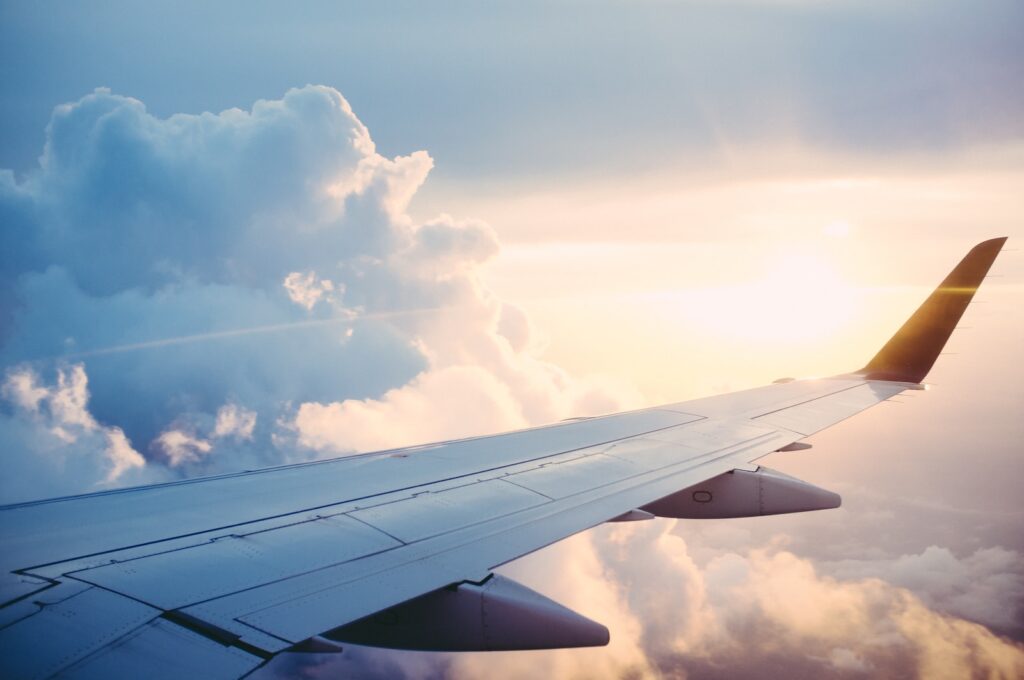
Whether for business or pleasure, air travel has become more expensive, impacting travel plans for many.
18. Home Appliances: The Costly Upgrade

Replacing or upgrading home appliances has become more financially burdensome, impacting homeowners and renters alike.
19. Furniture: The High Price of Home Comfort

Furnishing a home or apartment has become a costlier endeavour, affecting those looking to create a comfortable living space.
20. Prescription Medications: The Expensive Pill

Accessing necessary medications has become more expensive, impacting individuals who rely on prescription drugs for their health.
21. Health Insurance: The Rising Premiums

Securing health insurance coverage has become pricier, making it challenging for many to access essential healthcare services.
22. Electronics: The Expensive Tech Trends

Keeping up with the latest electronic gadgets comes at a cost, impacting consumers seeking the latest tech innovations.
23. Car Insurance: The Increasing Cost of Coverage
Insuring a vehicle has become more expensive, affecting individuals and families who rely on cars for daily commuting.

Wedding Costs: The Pricey Celebration of Love
Planning a wedding has become a more costly affair, impacting couples looking to celebrate their love with a memorable ceremony.

Music Concert Tickets: The Expensive Rhythm of Live Shows
Attending live music concerts has become pricier, impacting music enthusiasts and concert-goers.

Sporting Event Tickets: The Elevated Cost of Spectatorship
Cheering for your favourite team from the stands comes with a higher price tag, affecting sports fans.

Books: The Costly Pursuit of Knowledge and Entertainment
Buying physical or digital books has become more expensive, impacting avid readers and knowledge seekers.
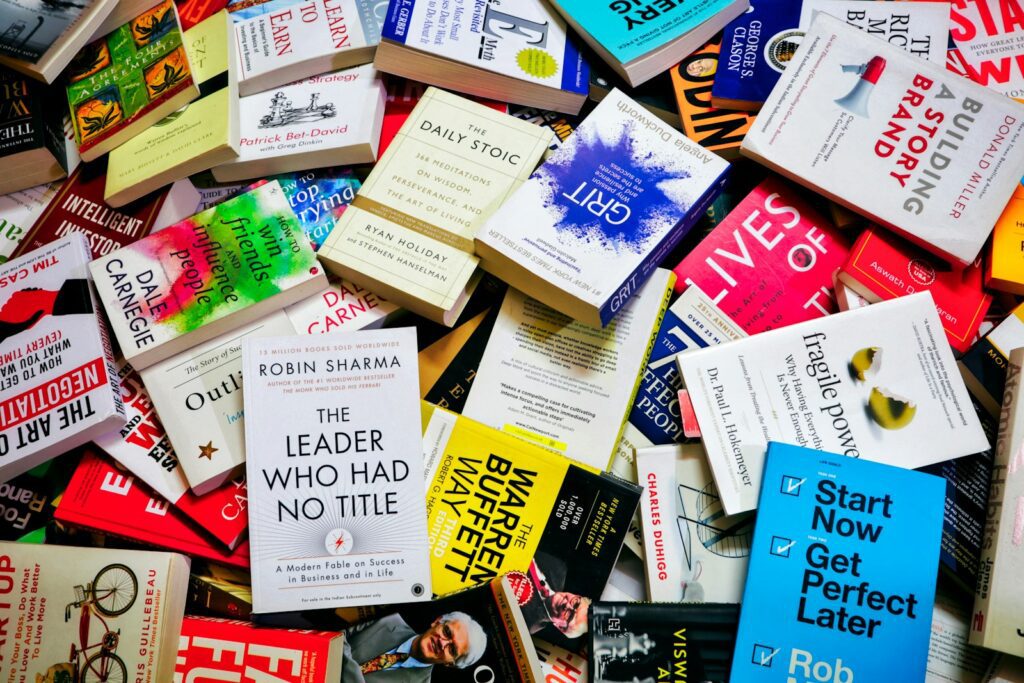
Organic and Specialty Foods: The Pricier Palate
Opting for organic or speciality foods has become a more expensive dietary choice for health-conscious consumers.

Public Transportation: The Increasing Fare
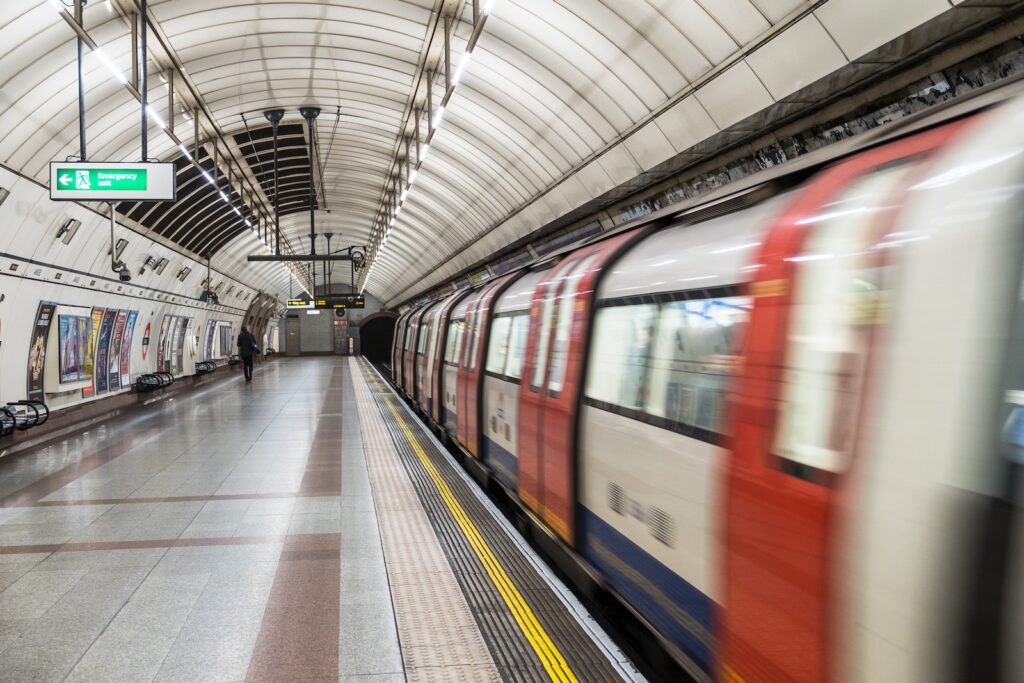
Reliable and affordable public transportation is becoming scarcer as costs continue to rise, impacting commuters.
Land: The Expensive Investment

Investing in real estate or land has become a more costly venture, affecting those seeking to purchase property.
As these 30 aspects of our lives witness a rise in costs, individuals and families are faced with the ongoing challenge of navigating a world where the price of living continues to climb. In the wake of these financial challenges, strategic budgeting and heightened awareness of economic trends become crucial for maintaining financial stability.
